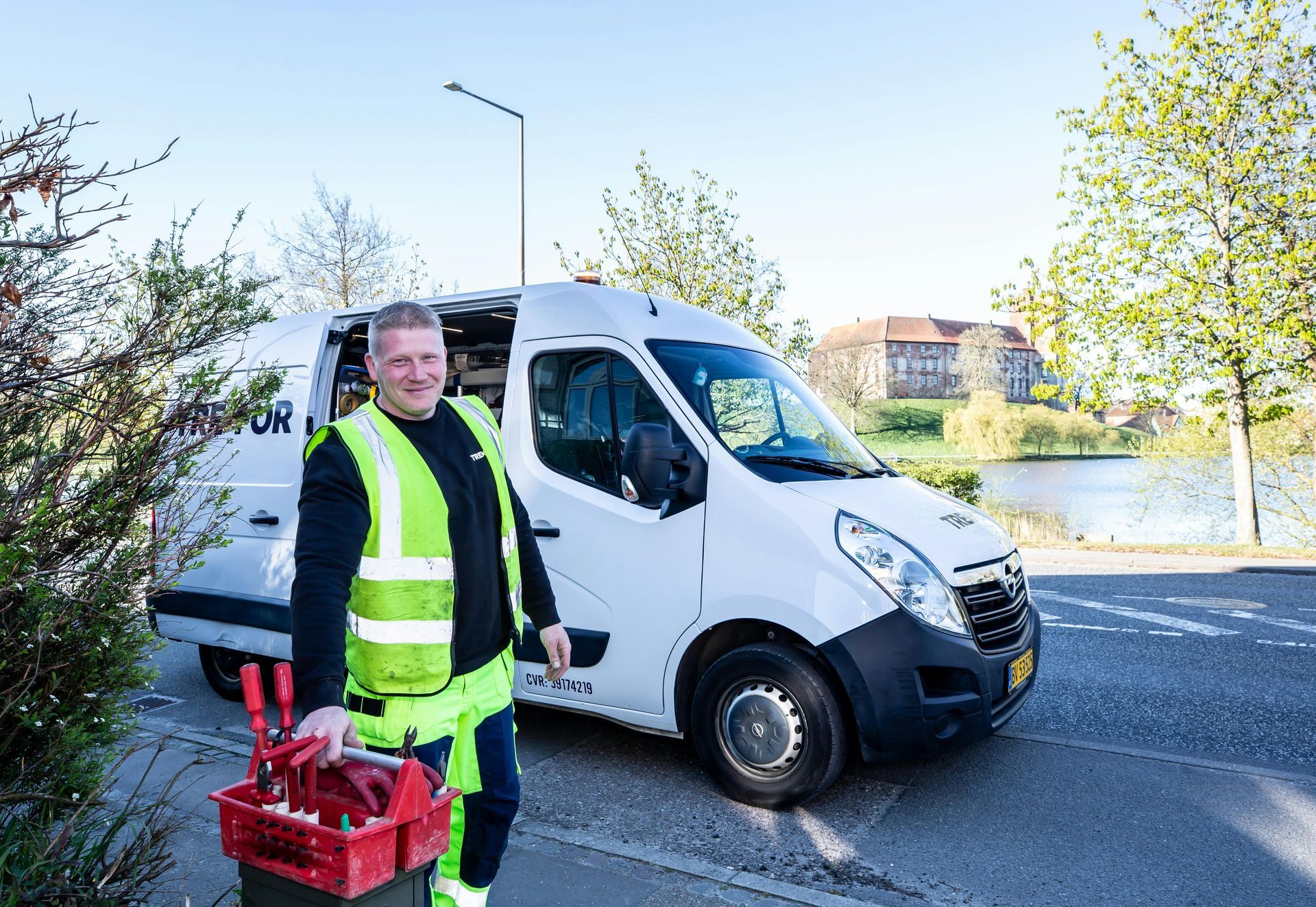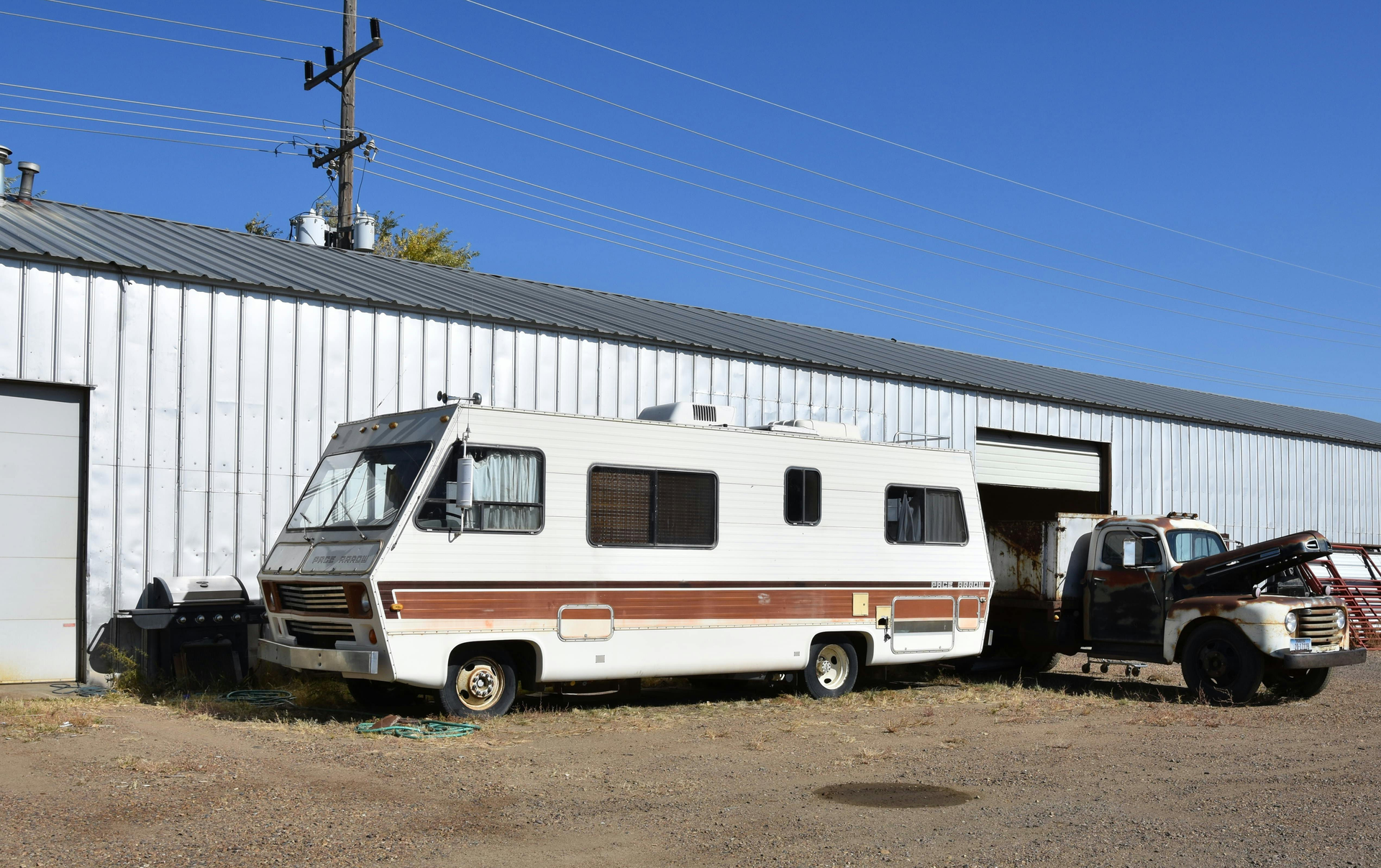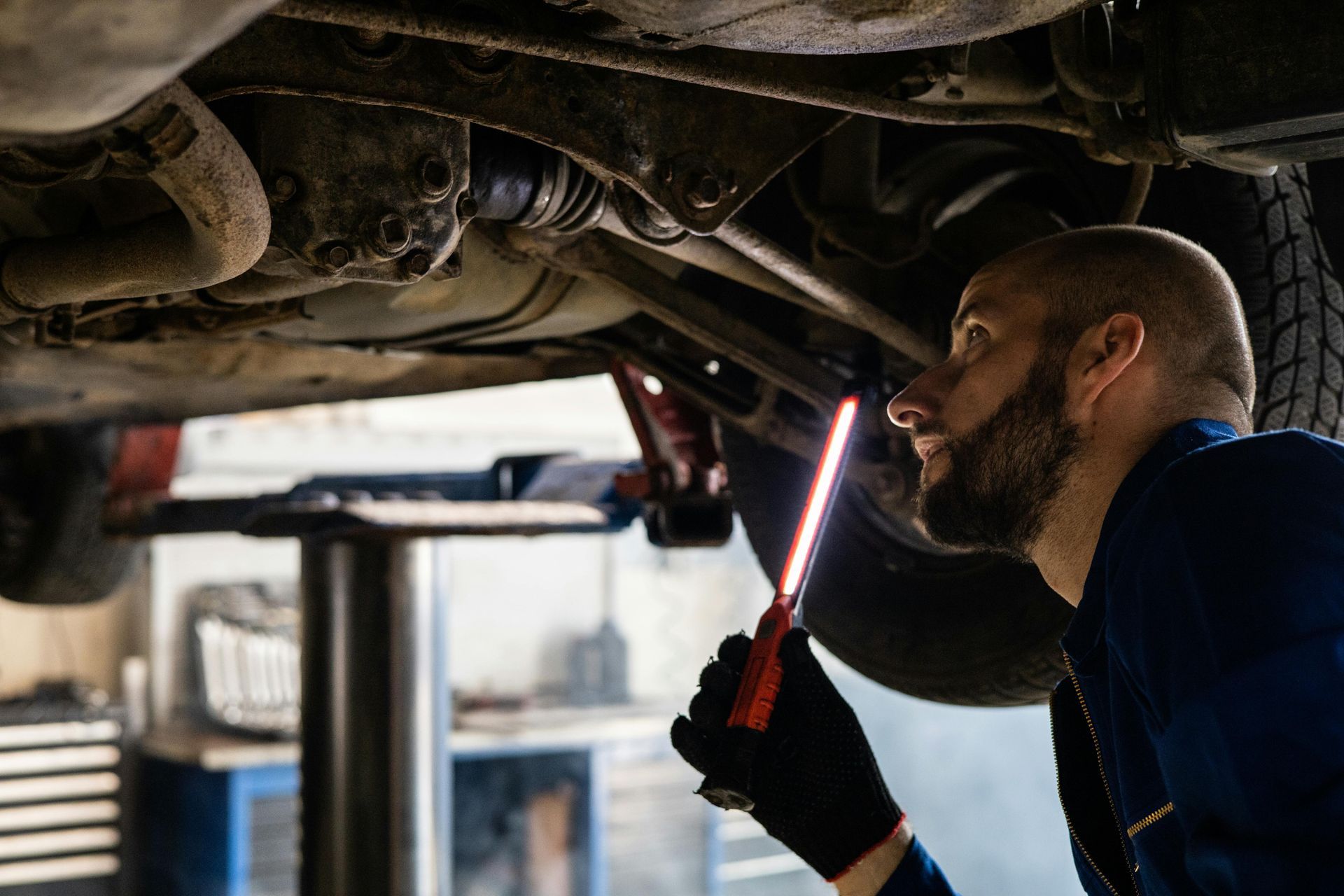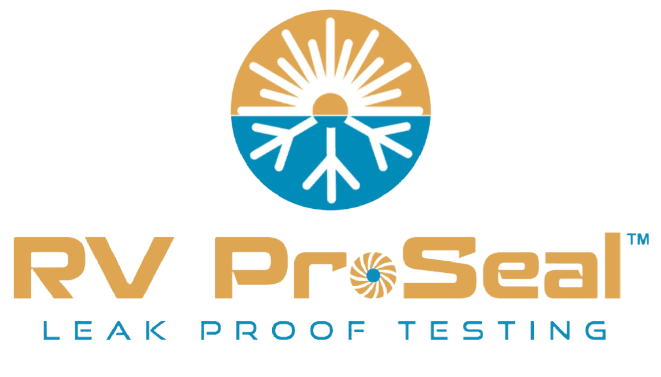DIY RV Inspection Tips: Be Your Inspector!
Making a fantastic road trip plan? Before going down the open road, remember that your RV is your home away from home. Ensuring everything is in top condition helps prevent unexpected malfunctions or expensive repairs. You're thinking right now: "RV inspections? It sounds costly! Nonetheless, guess what? You can do a lot of the inspection yourself! Think of it as a fun little checkup for your trusty travel companion.
In this blog, we'll walk you through some simple DIY RV inspection tips that can save you a lot of hassle (and money!). From the roof to the tires, we've got you covered. So grab your tool kit, and let's get started!
1. Roof Check: No Leaks Allowed!
The roof is the most essential part of your RV to inspect, as it takes the brunt of the elements. Imagine you're cruising down the highway, enjoying the scenery, when suddenly it starts raining...inside your RV! To avoid this soggy situation, carefully examine your roof for any cracks, holes, or hardness in the sealant.
Pro Tip: As you ascend a ladder, carefully inspect the seams and around any vents or antennae as you move around the whole roof. If you discover any cracks or gaps, it's time for proper sealant maintenance with prep, using the same lap sealant and add more sealant.
2. Tires: Rollin' Smoothly
Trailer tires often age out before the tread wares out. Check the date stamps on the tires which will look like (08/15), meaning the 8th week of the 2015 year. Tires should be changed after 7 years of aging, particularly if they are not on the road regularly. Check your tire pressure often; overinflated tires may wear down unevenly, and over or underinflated tires can cause blowouts. Look for any damage, including cuts, bulges, or unequal wear.
3. Plumbing: Keep Things Flowing
Nobody wants a plumbing catastrophe in their RV! Before leaving the house, test your toilets, showers, and faucets to ensure they run as they should. Search for any drips or leaks around the toilet and behind sinks. Remember also to check your water heater! Ensure it's heating water efficiently and there are no leaks around the tank.
Imagine You're boondocking in the middle of nowhere, and suddenly you have no water! By inspecting your plumbing beforehand, you can avoid these inconvenient surprises.
Pro Tip: Put a shutoff ball valve on the waterline leading to the toilet. RV toilet valves are made of plastic. If the toilet valve fails without having a shutoff ball valve installed, while on a camping trip, you will be forced to have no running water in the trailer at all.
4. Electrical Systems: Lights, Camera, Action!
Your RV's electrical system powers everything from your lights to your refrigerator. Make sure all your lights, outlets, and appliances are working correctly. Check your batteries for corrosion and make sure they're adequately charged. If you have a generator, test it to ensure it runs smoothly.
Think of it this way: Your RV's electrical system is like the nervous system of your home. It keeps everything connected and functioning correctly. A little inspection can go a long way in preventing any electrical hiccups on your journey.
5. Exterior Walls: A Solid Shield
Your RV's outside walls shield you from the elements, so they should be kept in excellent shape. Look over the walls for cracks, delamination, or other evidence of water damage. Check the seals of all wall penetrations' like, the windows, doors, outlets, etc., to ensure their water tightness and stop water damage issues.
Pro Tip: Look attentively at the walls from all angles as you go around your RV. Sometimes, the damage is minor. Hence, a careful examination is rather essential. Consider giving your RV a decent once-over, just like you would with your automobile before a lengthy road trip.

Ready to Hit the Road?
Performing these simple DIY RV inspection tips can save you much trouble in the long run. Remember, prevention is key! By catching minor issues early on, you can avoid more significant problems down the road. Of course, if you're unsure about something or need a more thorough inspection, you can always call the professionals.
RV inspection services offered by a qualified leak RV inspection company can provide peace of mind and ensure your RV is ready for adventure. An RV leak inspector has the expertise and tools to identify potential problems you might miss.
Think of RV ProSeal as your partner in RV maintenance. We're here to help you keep your RV in top condition so you can focus on enjoying your travels. Whether you need help with roof repair, leak repair, or finding the proper sealant, we've got you covered. Contact us today and help us prepare your RV road trip!
You might also like





